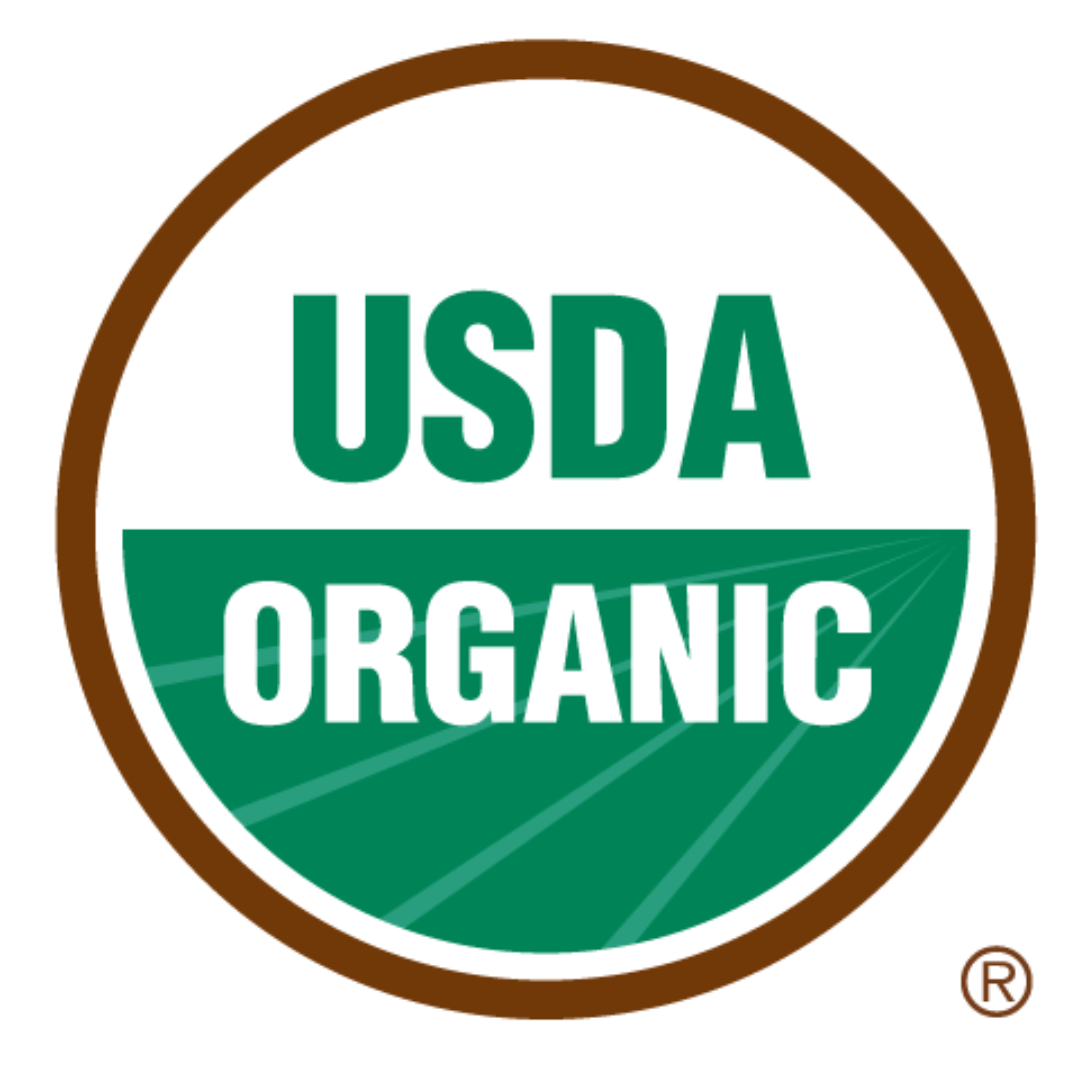LION’S MANE MUSHROOMS (HERICIUM ERINACEUS)
General
Erica Julson, E. M. (2018, May 19). 9 Health Benefits of Lion’s Mane Mushroom (Plus Side Effects). Healthline. https://www.healthline.com/nutrition/lions-mane-mushroom
Brain Health
Ryu, S. H., Hong, S. M., Khan, Z., Lee, S. K., Vishwanath, M., Turk, A., Yeon, S. W., Jo, Y. H., Lee, D. H., Lee, J. K., Hwang, B. Y., Jung, J. K., Kim, S. Y., & Lee, M. K. (2021). Neurotrophic isoindolinones from the fruiting bodies of Hericium erinaceus. Bioorganic & medicinal chemistry letters, 31, 127714. https://doi.org/10.1016/j.bmcl.2020.127714
Lai, P. L., Naidu, M., Sabaratnam, V., Wong, K. H., David, R. P., Kuppusamy, U. R., Abdullah, N., & Malek, S. N. (2013). Neurotrophic properties of the Lion's mane medicinal mushroom, Hericium erinaceus (Higher Basidiomycetes) from Malaysia. International journal of medicinal mushrooms, 15(6), 539–554. https://doi.org/10.1615/intjmedmushr.v15.i6.30
Association for the Advancement of Restorative Medicine. (n.d.). Lion’s mane (Hericium erinaceus). https://restorativemedicine.org/library/monographs/lions-mane/
Wong, K. H., Naidu, M., David, P., Abdulla, M. A., Abdullah, N., Kuppusamy, U. R., & Sabaratnam, V. (2011). Peripheral Nerve Regeneration Following Crush Injury to Rat Peroneal Nerve by Aqueous Extract of Medicinal Mushroom Hericium erinaceus (Bull.: Fr) Pers. (Aphyllophoromycetideae). Evidence-based complementary and alternative medicine : eCAM, 2011, 580752. https://doi.org/10.1093/ecam/neq062
Ma BJ, Shen JW, Yu HY, Ruan Y, Wu TT, Zhao Z, Hericenones and erinacines: stimulators of nerve growth factor (NGF) biosynthesis in Hericium erinaceus, Mycology. 2010;1:92–98.
Mori, K.; Obara, Y.; Hirota, M.; Azumi, Y.; Kinugasa, S.; Inatomi, S.; Nakahata, N. Nerve growth factor-inducing activity of Hericium erinaceus in 1321N1 human astrocytoma cells. Biol. Pharm. Bull. 2008;31:1727−1732.
Kim, M. K.; Choi, W. Y.; Lee, H. Y. Enhancement of the neuroprotective activity of Hericium erinaceus mycelium co-cultivated with Allium sativum extract. Arch. Physiol. Biochem. 2015;121:19−25.
Wong KH, Naidu M, David RP, Bakar R, Sabaratnam V. Neuroregenerative potential of Lion’s Mane mushroom, Hericium erinaceus (Bull.: Fr.) Pers. (higher Basidiomycetes), in the treatment of peripheral nerve injury (review). Int. J. Med. Mushrooms. 2012;14:427−446.
Zongying Liu, Qinglong Wang, Jian Cui, Lili Xiong, Wei Wang, Diqiang Li, Na Liu, Yiran Wu, & Canquan Mao. (2015, March). Systemic Screening of Strains of the Lion’s Mane Medicinal Mushroom Hericium erinaceus (Higher Basidiomycetes) and Its Protective Effects on Aβ-Triggered Neurotoxicity in PC12 Cells. National Library of Medicine. https://pubmed.ncbi.nlm.nih.gov/25954906/
Mori, K., Obara, Y., Moriya, T., Inatomi, S., & Nakahata, N. (2011). Effects of Hericium erinaceus on amyloid β(25-35) peptide-induced learning and memory deficits in mice. Biomedical research (Tokyo, Japan), 32(1), 67–72. https://doi.org/10.2220/biomedres.32.67
Ramón Martínez-Mármol, YeJin Chai, Jacinta N. Conroy, Zahra Khan, Seong-Min Hong, Seon Beom Kim, Rachel S. Gormal, Dae Hee Lee, Jae Kang Lee, Elizabeth J. Coulson, Mi Kyeong Lee, Sun Yeou Kim, Frédéric A. Meunier. Hericerin derivatives activates a pan-neurotrophic pathway in central hippocampal neurons converging to ERK1/2 signaling enhancing spatial memory. Journal of Neurochemistry.
Mori, K., Inatomi, S., Ouchi, K., Azumi, Y., & Tuchida, T. (2009). Improving effects of the mushroom Yamabushitake (Hericium erinaceus) on mild cognitive impairment: a double-blind placebo-controlled clinical trial. Phytotherapy research : PTR, 23(3), 367–372. https://doi.org/10.1002/ptr.2634
Koichiro Mori, Satoshi Inatomi, Kenzi Ouchi, Yoshihito Azumi, & Takashi Tuchida. (2008, October 10). Improving effects of the mushroom Yamabushitake (Hericium erinaceus) on mild cognitive impairment: a double-blind placebo-controlled clinical trial. Wiley Online Library. https://onlinelibrary.wiley.com/doi/10.1002/ptr.2634
Saitsu Y, Nishide A, Kikushima K, Shimizu K, Ohnuki K. Improvement of cognitive functions by oral intake of Hericium erinaceus. Biomed Res. 2019;40(4):125-131. doi: 10.2220/biomedres.40.125. PMID: 31413233.
Docherty S, Doughty FL, Smith EF. The Acute and Chronic Effects of Lion's Mane Mushroom Supplementation on Cognitive Function, Stress and Mood in Young Adults: A Double-Blind, Parallel Groups, Pilot Study. Nutrients. 2023 Nov 20;15(22):4842. doi: 10.3390/nu15224842. PMID: 38004235; PMCID: PMC10675414.
Immune Health
Kim SP, Kang MY, Choi YH, Kim JH, Nam SH, Friedman M. Mechanism of Hericium erinaceus (Yamabushitake) mushroom-induced apoptosis of U937 human monocytic leukemia cells. Food Funct. 2011;2:348–56.
Mizuno T, Wasa T, Ito H, Suzuki C, Ukai N, Antitumor-active polysaccharides isolated from the fruiting body of Hericium erinaceum, an edible and medicinal mushroom called yamabushitake or houtou, Biosci. Biotechnol. Biochem. 1992;56:347–348.
Zan XY, Cui FJ, Li YH, Yang Y, Wu D et al. Hericium erinaceus polysaccharide-protein HEG-5 inhibits SGC-7901 cell growth via cell cycle arrest and apoptosis, Int. J. Biol. Macromol. 2015;76:242–253.
Md. Rahman, Hyun-Kyu Kim, Seong-Eun Kim, Myung-Jin Kim, Do-Hyung Kim, Hak Lee. Chondroprotective Effects of a Standardized Extract (KBH-JP-040) from Kalopanax pictus, Hericium erinaceus, and Astragalus membranaceus in Experimentally Induced In Vitro and In Vivo Osteoarthritis Models. Nutrients 2018, 10 (3) , 356. https://doi.org/10.3390/nu1003035
Lion’s mane and multiple sclerosis: Is it effective? Medically reviewed by Heidi Moawad, M.D. — Written by Caitlin Geng on August 12, 2021 https://www.medicalnewstoday.com/articles/lions-mane-and-multiple-sclerosis
Antioxidants & DNA Damage
Wu, D., Yang, S., Tang, C., Liu, Y., Li, Q., Zhang, H., Cui, F., & Yang, Y. (2018). Structural Properties and Macrophage Activation of Cell Wall Polysaccharides from the Fruiting Bodies of Hericium erinaceus. Polymers, 10(8), 850. https://doi.org/10.3390/polym10080850
Lee JS, Min KM, Cho JY, Hong EK. Study of macrophage activation and structural characteristics of purified polysaccharides from the fruiting body of Hericium erinaceus. J Microbiol Biotechnol. 2009;19:951–9.
Mohammad Azizur Rahman, M. A., Noorlidah Abdullah, & Norhaniza Aminudin. (2014, May 13). Inhibitory Effect on In Vitro LDL Oxidation and HMG Co-A Reductase Activity of the Liquid-Liquid Partitioned Fractions of Hericium erinaceus (Bull.) Persoon (Lion’s Mane Mushroom). Hindawi. https://www.hindawi.com/journals/bmri/2014/828149/
Yiling Hou, Y., Xiang Ding, & Wanru Hou. (2014, December 19). Composition and antioxidant activity of water-soluble oligosaccharides from Hericium erinaceus. Spandidos Publications. https://www.spandidos-publications.com/10.3892/mmr.2014.3121
Wong KH, Sabaratnam V, Abdullah N, Kuppusamy UR, Naidu M. Effects of cultivation techniques and processing on antimicrobial and antioxidant activities of Hericium erinaceus (Bull.:Fr.) Pers. extracts. Food Technol Biotechnol. 2009;47:47–55.
Mood Support
Journal of Medicinal Food Vol. 21, No. 2 - Hericium erinaceus Extract Reduces Anxiety and Depressive Behaviors by Promoting Hippocampal Neurogenesis in the Adult Mouse Brain Sun Ryu, Hyoun Geun Kim, Joo Youn Kim, Seong Yun Kim, and Kyung-Ok Cho - Published Online:1 Feb 2018.
Nagano M, Shimizu K, Kondo R, Hayashi C, Sato D, Kitagawa K, et al. Reduction of depression and anxiety by 4 weeks Hericium erinaceus intake. Biomed Res. 2010;31:231–7.
Yao, W., Zhang, J. C., Dong, C., Zhuang, C., Hirota, S., Inanaga, K., & Hashimoto, K. (2015). Effects of amycenone on serum levels of tumor necrosis factor-α, interleukin-10, and depression-like behavior in mice after lipopolysaccharide administration. Pharmacology, biochemistry, and behavior, 136, 7–12. https://doi.org/10.1016/j.pbb.2015.06.012
Pit Shan Chong, Man-Lung Fung, Kah Hui Wong, & Lee Wei Lim. (2019, December 25). Therapeutic Potential of Hericium erinaceus for Depressive Disorder. MDPI Open Access Journals. https://www.mdpi.com/1422-0067/21/1/163
Mayumi Nagano, M., Kuniyoshi Shimizu, Ryuichiro Kondo, Chickako Hayashi, Daigo Sato, Katsuyuki Kitagawa, & Koichiro Ohnuki. (2010). Reduction of depression and anxiety by 4 weeks Hericium erinaceus intake. J-STAGE. https://www.jstage.jst.go.jp/article/biomedres/31/4/31_4_231/_article
Chun-Hung Chiu, C.-H., Charng-Cherng Chyau, Chin-Chu Chen, Li-Ya Lee, Wan-Ping Chen, Jia-Ling Liu, Wen-Hsin Lin, & Mei-Chin Mong. (2018, January 24). Erinacine A-Enriched Hericium erinaceus Mycelium Produces Antidepressant-Like Effects through Modulating BDNF/PI3K/Akt/GSK-3β Signaling in Mice. MDPI. https://www.mdpi.com/1422-0067/19/2/341
Galvez-Contreras AY, Campos-Ordonez T, Gonzalez-Castaneda RE, Gonzalez-Perez O. Alterations of Growth Factors in Autism and Attention-Deficit/Hyperactivity Disorder. Front Psychiatry. 2017 Jul 13;8:126. doi: 10.3389/fpsyt.2017.00126. PMID: 28751869; PMCID: PMC5507945.
Microbiome
Zhu Y, Chen Y, Li Q, Zhao T, Zhang M, Feng W, et al. Preparation, characterization, and anti-Helicobacter pylori activity of Bi3+-Hericium erinaceus polysaccharide complex. Carbohydr. Polym. 2014;110:231−237.
Schwartz, B., & Hadar, Y. (2014). Possible mechanisms of action of mushroom-derived glucans on inflammatory bowel disease and associated cancer. Annals of translational medicine, 2(2), 19. https://doi.org/10.3978/j.issn.2305-5839.2014.01.03
Sleep & Fatigue
Vigna, L., Morelli, F., Agnelli, G. M., Napolitano, F., Ratto, D., Occhinegro, A., Di Iorio, C., Savino, E., Girometta, C., Brandalise, F., & Rossi, P. (2019). Hericium erinaceus Improves Mood and Sleep Disorders in Patients Affected by Overweight or Obesity: Could Circulating Pro-BDNF and BDNF Be Potential Biomarkers? Evidence-based complementary and alternative medicine : eCAM, 2019, 7861297. https://doi.org/10.1155/2019/7861297
Vigna, L., Morelli, F., Agnelli, G. M., Napolitano, F., Ratto, D., Occhinegro, A., Di Iorio, C., Savino, E., Girometta, C., Brandalise, F., & Rossi, P. (2019). Hericium erinaceus Improves Mood and Sleep Disorders in Patients Affected by Overweight or Obesity: Could Circulating Pro-BDNF and BDNF Be Potential Biomarkers? Evidence-based complementary and alternative medicine : eCAM, 2019, 7861297. https://doi.org/10.1155/2019/7861297





